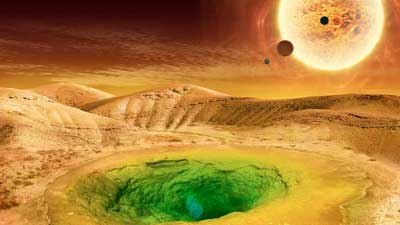 A series of NASA papers lay out strategies to search for signs of life beyond our solar system. They assume that the detection of atmospheric signatures of a few potentially habitable planets may possibly come before 2030.
A series of NASA papers lay out strategies to search for signs of life beyond our solar system. They assume that the detection of atmospheric signatures of a few potentially habitable planets may possibly come before 2030.
Jun 26th, 2018
Read more
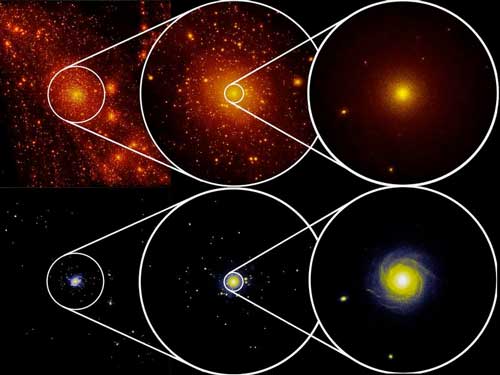 Scientists used sophisticated computer simulations to devise a test that could answer a burning question in astrophysics: is there really dark matter? Or does Newton's gravitational law need to be modified?
Scientists used sophisticated computer simulations to devise a test that could answer a burning question in astrophysics: is there really dark matter? Or does Newton's gravitational law need to be modified?
Jun 25th, 2018
Read more
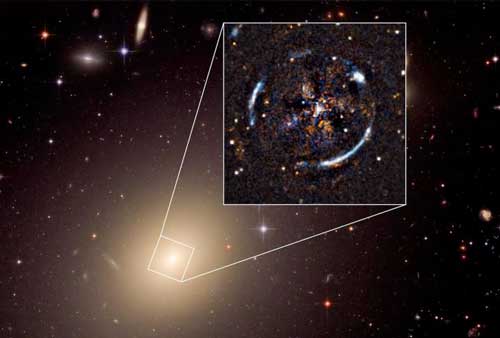 Using the MUSE instrument on ESO's VLT , researchers first calculated the mass of ESO 325-G004 by measuring the movement of stars within this nearby elliptical galaxy.
Using the MUSE instrument on ESO's VLT , researchers first calculated the mass of ESO 325-G004 by measuring the movement of stars within this nearby elliptical galaxy.
Jun 21st, 2018
Read more
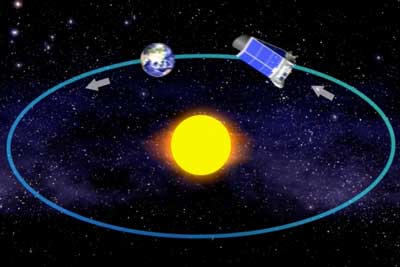 Search considered successful 'dress rehearsal' for exoplanet hunter TESS.
Search considered successful 'dress rehearsal' for exoplanet hunter TESS.
Jun 21st, 2018
Read more
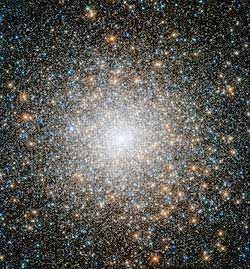 A team of international astrophysicists may have found a solution to a problem that has perplexed scientists for more than 50 years: why are the stars in globular clusters made of material different to other stars found in the Milky Way?
A team of international astrophysicists may have found a solution to a problem that has perplexed scientists for more than 50 years: why are the stars in globular clusters made of material different to other stars found in the Milky Way?
Jun 21st, 2018
Read more
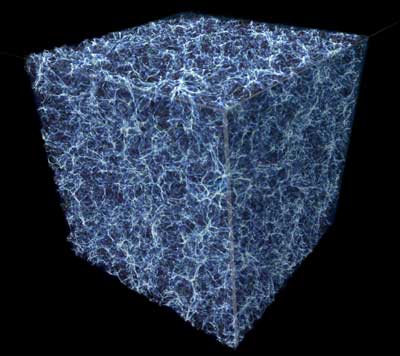 Researchers have found the last reservoir of ordinary matter hiding in the universe.
Researchers have found the last reservoir of ordinary matter hiding in the universe.
Jun 20th, 2018
Read more
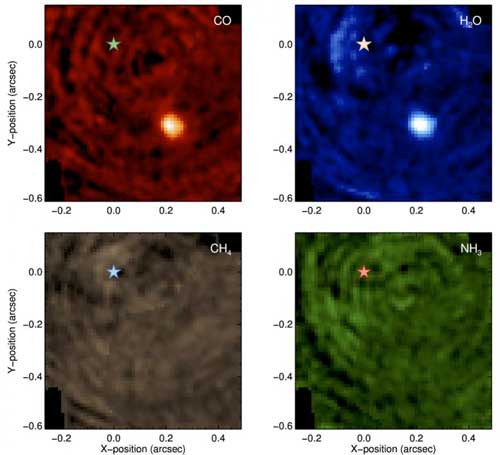 An international team of astronomers makes planets visible by detecting molecules on their surface.
An international team of astronomers makes planets visible by detecting molecules on their surface.
Jun 19th, 2018
Read more
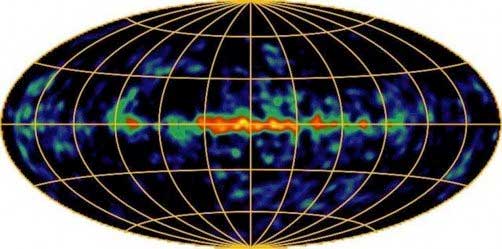 A new measurement using a beam of aluminum-26 prepared in a metastable state allows researchers to better understand the creation of the elements in our galaxy.
A new measurement using a beam of aluminum-26 prepared in a metastable state allows researchers to better understand the creation of the elements in our galaxy.
Jun 18th, 2018
Read more
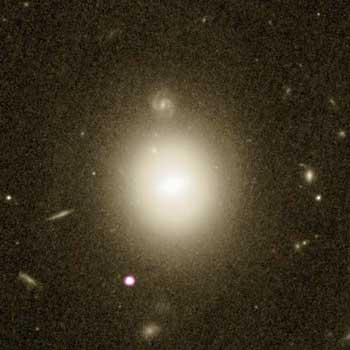 New research shows the strongest evidence to date that this middle-of-the-road black hole exists, by serendipitously capturing one in action devouring an encountering star.
New research shows the strongest evidence to date that this middle-of-the-road black hole exists, by serendipitously capturing one in action devouring an encountering star.
Jun 18th, 2018
Read more
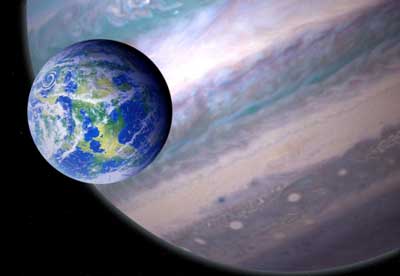 Astronomers have identified 121 giant planets that may have habitable moons.
Astronomers have identified 121 giant planets that may have habitable moons.
Jun 14th, 2018
Read more
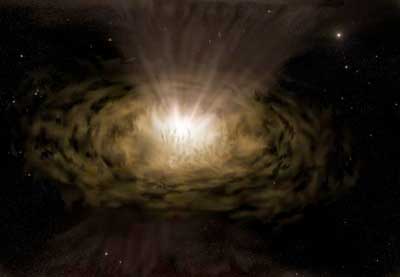 Mysterious features seen in light emitted from active galactic nuclei may be due to partial obscuration by dust clouds, according to new study.
Mysterious features seen in light emitted from active galactic nuclei may be due to partial obscuration by dust clouds, according to new study.
Jun 14th, 2018
Read more
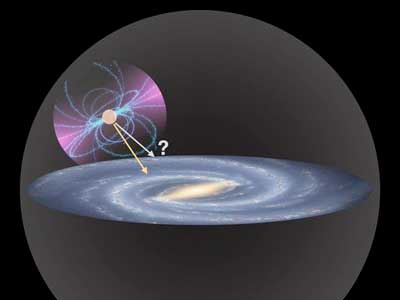 This experiment already provides some improvement in constraining dark matter properties, but even more progress is promised by explorations in the centre of our Milky Way that are underway.
This experiment already provides some improvement in constraining dark matter properties, but even more progress is promised by explorations in the centre of our Milky Way that are underway.
Jun 14th, 2018
Read more
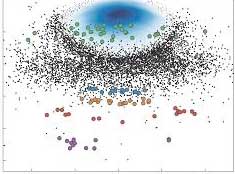 Astronomers have discovered relics of merger events in the Milky Way halo. Five small groups of stars appear to represent mergers with smaller galaxies, while a big 'blob' comprising hundreds of stars appears to be the remnant of a large merger event.
Astronomers have discovered relics of merger events in the Milky Way halo. Five small groups of stars appear to represent mergers with smaller galaxies, while a big 'blob' comprising hundreds of stars appears to be the remnant of a large merger event.
Jun 12th, 2018
Read more
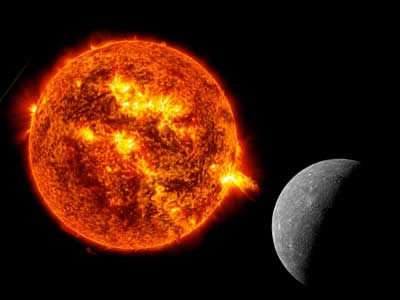 Electrically charged particles from the sun strike moons and planets with great force. The consequences of these impacts can now be explained.
Electrically charged particles from the sun strike moons and planets with great force. The consequences of these impacts can now be explained.
Jun 12th, 2018
Read more
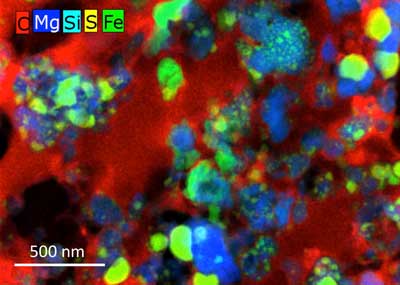 Chemical studies show that dust particles originated in a low-temperature environment.
Chemical studies show that dust particles originated in a low-temperature environment.
Jun 11th, 2018
Read more
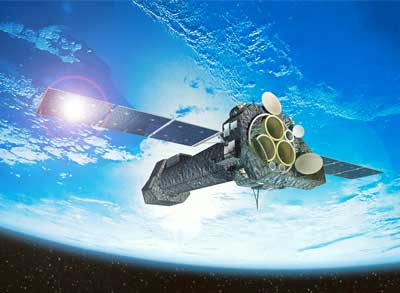 X-ray data from galaxy clusters points to electron-stripping process at hot and cold galactic interface.
X-ray data from galaxy clusters points to electron-stripping process at hot and cold galactic interface.
Jun 8th, 2018
Read more
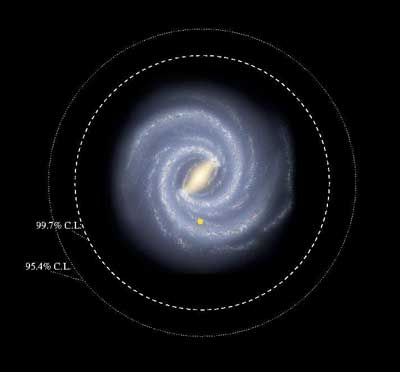 Researchers have published a paper which suggests that if we could travel at the speed of light it would take us 200,000 years to cross the disc of our Galaxy.
Researchers have published a paper which suggests that if we could travel at the speed of light it would take us 200,000 years to cross the disc of our Galaxy.
Jun 7th, 2018
Read more
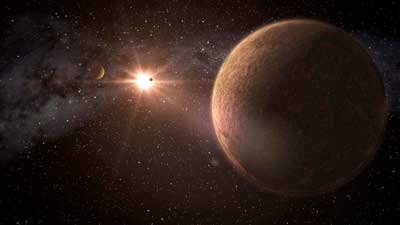 Astronomers report the discovery of two new planetary systems, one of them hosting three planets with the same size of the Earth.
Astronomers report the discovery of two new planetary systems, one of them hosting three planets with the same size of the Earth.
Jun 7th, 2018
Read more
 A series of NASA papers lay out strategies to search for signs of life beyond our solar system. They assume that the detection of atmospheric signatures of a few potentially habitable planets may possibly come before 2030.
A series of NASA papers lay out strategies to search for signs of life beyond our solar system. They assume that the detection of atmospheric signatures of a few potentially habitable planets may possibly come before 2030.
 Subscribe to our Space Exploration News feed
Subscribe to our Space Exploration News feed















